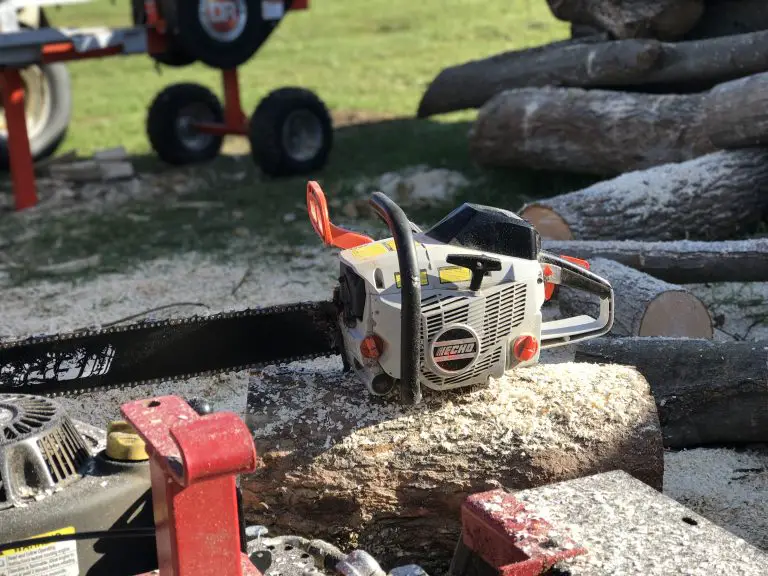In 2020, there were nearly 228.2 million licensed drivers in the US, but a fair number of them don’t know the basics of car maintenance. Fortunately, most car maintenance tasks are easy to perform, even by novice mechanics, so long as you have the right tools, the right knowledge and your car’s owner’s manual. The article here gives an overview of the most basic car maintenance/repair issues every vehicle requires.

10 Basic Car Maintenance Skills Everyone Should Have
If you want your car to last longer, you must regularly maintain it. However, many of the following tasks will cost a premium at the shop, so you might consider doing them yourself.
1. How to Change a Flat Tire
To change a flat tire, you need a 20-inch lug or torque wrench and a jack to lift the car. The jack that came with the car will do just fine. Once the car is lifted, you can take the lug nuts off the tire, replace the flat tire with a spare, and put the lug nuts back on, tightened according to manufacturer specs. Most car rental companies will include this equipment in the trunk. Check the tightness of the lug nuts again with your torque wrench after 50 miles of driving.
2. How to Change The Oil
To complete your own oil change, grab a box or socket wrench, oil filter wrench, oil drain pan, funnel, and jack. Wear gloves because it’s going to get messy. Place the drain pan under the filter, unscrew it, then plug it back when it’s emptied. Finally, pour the new oil under the hood.
3. How to Change Spark Plugs
Spark plugs should be changed every 130,000 km or when needed. If you’re getting poor gas mileage, your car is slow to accelerate, and your engine is idling roughly, that likely means you need new spark plugs. Spark plugs are located at the top of the cylinder head under the hood.
4. How to Jump Start Your Car
Many online car insurance companies, whether you’re shopping for American or Dubai car insurance, will often come with a roadside assistance option. However, if you don’t want to wait, you can jumpstart your car with jumper cables if another driver will let you use their battery. Another options that’s excellent is one of the new, lithium boosting batteries out there. No need to find another driver will to let you boost off their vehicle. That’s a battery booster in action below.

5. How to Change the Battery
Changing your car’s battery is quite easy, but you need to make sure you’re swapping it out every 4 to 5 years (or you’ll have to keep jumpstarting your car). All you need to do is remove the covers, disconnect the positive and negative cables, and remove each clamp and screw. Be sure to remove the negative cable first, and reconnect the negative cable last while reinstalling.
6. How to Change Both Wiper Blades
Wiper blades are an often overlooked but very important part of vehicle safety. If you live in a place with frequent snowfall, you may need to replace them every six months. To remove old windshield wiper blades, lift them up off the car and press the tab on the side. Then, put in the new ones. All replacement wiper blades come with hardware to allow installation on multiple vehicles.
7. How to Replace the Air Filters
Drivers should change their vehicle’s air filter every 15,000 to 30,000 miles (or yearly) to protect the engine from contaminants such as dust getting into the engine. To change the filter, open the hood and find a black box with a large hose. Open it and take the old filter out before replacing it with a new, fresh filter.
8. How to Replace a Headlight or Taillight
A broken light on your car isn’t just a safety hazard. It could also get you ticketed, so it’s in your best interest to replace any dimmed or cracked lights right away. To do this, remove the screws connecting the light to the bracket, disconnect the wires powering the bulb, then replace it. Brighter-than-standard bulbs are available to fit all vehicles.
9. How to Replace Worn Brake Pads
There’s nothing more terrifying and dangerous than driving with worn brake pads, especially in the rain or a snowstorm. Changing a brake pad is similar to changing the tire, as you need to lift the car and remove the tires, but quite a bit more complicated. Handy DIYers do this sort of thing in their driveways, but you do need specialized knowledge for your particular vehicle.
10. How to Fix Minor Scratches
A surface scratch can cost $100 or more to remove, but you can easily buff out scratches with a sander. If you already have an automotive buffer or random orbit sander with a buffing head you’re in good shape.












